1. Odd or Unusual Floor Plans

When buyers walk through a home, they’re picturing how their furniture and daily routines will fit. A quirky floor plan, like a bathroom opening directly into the kitchen or bedrooms connected by narrow hallways, can make that tough. Most buyers want spaces that feel natural and functional, not confusing or cramped. Even if the house is otherwise appealing, an awkward layout often creates hesitation.
The challenge is that floor plans are hard to change without major renovations. Unlike paint or flooring, reworking the structure of a home is costly and disruptive. Buyers may think about the inconvenience every time they tour the space. This can leave a home lingering on the market longer than expected.
2. Small or Dark Rooms
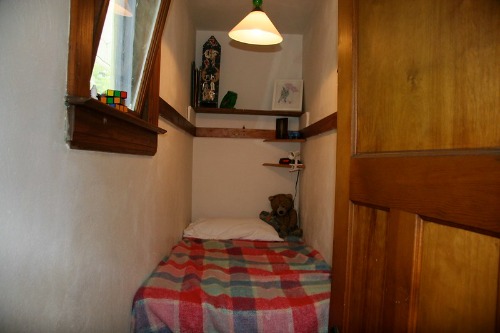
Natural light is one of the first things buyers notice, and small, dim rooms tend to feel unwelcoming. Even if the home has great bones, shadows and a lack of windows make spaces feel closed off. Today’s buyers often want bright, open-concept layouts. Rooms that don’t deliver can be a tough sell.
While artificial lighting helps, it usually doesn’t replace the feeling of genuine sunlight. Knocking down walls or adding windows can be expensive and not every buyer wants to take on that work. Staged furniture and light paint colors can help, but the underlying issue remains. A dark room is often a deal-breaker for people seeking cheerful, airy spaces.
3. Lingering Odors

Smell is one of the most powerful senses, and it can influence a buyer’s decision instantly. If a home smells like pets, smoke, or mildew, buyers may assume deeper problems. Even when the house is clean, a lingering odor suggests neglect or hidden issues. People rarely want to gamble on what’s causing that smell.
Eliminating odors often requires more than candles or sprays. Smoke, for example, can soak into walls and carpet, while mold may point to water damage. Fixing these problems usually takes time and money. If buyers pick up a bad scent right away, they may not even finish the tour.
4. Dated Kitchens and Bathrooms
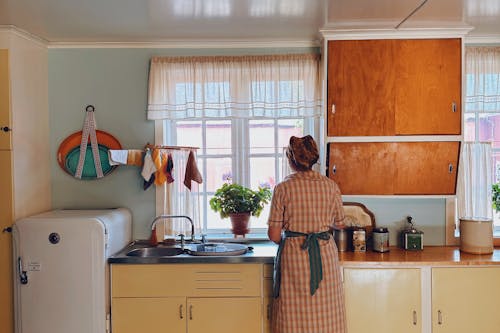
Buyers consistently rank kitchens and bathrooms as the most important rooms in a home. When these spaces are outdated, it can make the whole property feel old. Tiled countertops, worn cabinets, or avocado-green appliances can stand out in all the wrong ways. Even if everything works, the style may discourage buyers.
Renovating these spaces can be costly, so many buyers don’t want to take it on. They might move on to a house where these updates have already been done. Sellers sometimes underestimate how much these rooms impact value. An outdated kitchen or bathroom can keep offers from coming in quickly.
5. Overly Personalized Decor
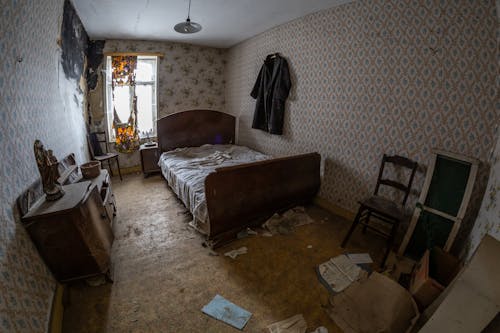
A home filled with bold wallpaper, custom murals, or bright paint colors can make it harder for buyers to see themselves living there. While these choices may reflect the current owner’s style, they don’t always appeal to a wide audience. Buyers often prefer neutral palettes that feel like a blank canvas. Strong personal touches can distract from the home’s features.
Repainting and removing décor isn’t a huge task, but it feels like another chore for buyers to add to their list. Some may walk away simply because they can’t look past the style. The goal is to help buyers imagine their own life in the space. Personalized décor often makes that imagination harder to spark.
6. Too Much Clutter

First impressions matter, and a cluttered home can feel chaotic instead of inviting. When every surface is covered, it’s difficult for buyers to focus on the actual space. Instead, their eyes go to the stuff. Even large rooms can seem smaller when they’re overcrowded.
Clutter also suggests the home doesn’t have enough storage. Buyers may wonder if their belongings would fit or if they’d constantly be fighting for space. While decluttering is free, it takes time and effort many sellers skip. A cluttered home often translates to a harder sell.
7. Low Curb Appeal
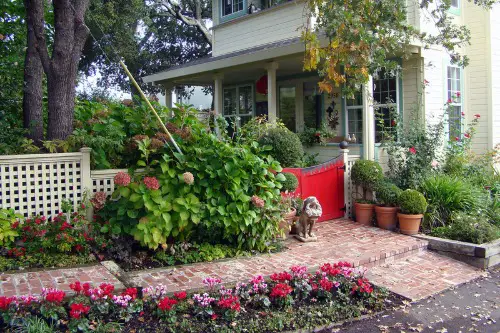
The exterior of a home sets the stage for everything that follows. If the lawn is overgrown, paint is peeling, or the driveway is cracked, buyers may assume the inside is neglected too. First impressions are powerful, and many people decide how they feel about a home before walking through the door. A neglected exterior can be a silent deal-breaker.
Improving curb appeal doesn’t have to mean a full landscaping project. Fresh mulch, trimmed bushes, and a clean entryway go a long way. Yet when sellers don’t put in this effort, the property can sit on the market. Buyers often equate poor curb appeal with more hidden maintenance issues.
8. Poor Location or Busy Street

A home’s location is one thing you can’t change, and buyers know it. If the property backs up to a noisy highway, sits on a busy intersection, or is near industrial sites, that can scare people off. Noise, safety, and convenience all play into this decision. Even if the house is perfect inside, the setting may be a deal-killer.
Location also affects future resale value. Buyers don’t want to invest in a home they’ll struggle to sell later. This factor alone can outweigh positive features. Many would rather compromise on square footage than live with a location they dislike.
9. Signs of Water Damage
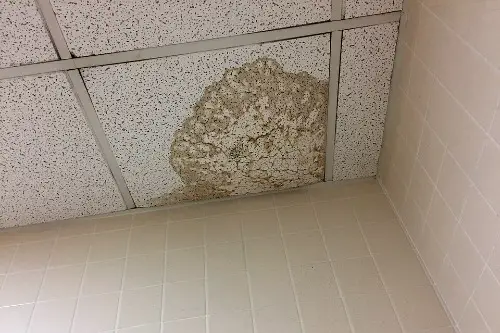
Water stains on ceilings, musty basements, or warped floors are red flags. Buyers see these as signs of leaks, roof issues, or poor drainage. Even if the problem was fixed long ago, the visual reminder lingers. Few things scare buyers more than the idea of ongoing water problems.
Repairs related to water are often expensive and unpredictable. Mold remediation, foundation issues, or roof replacements can spiral in cost. Buyers who spot water damage may assume the worst and move on. Transparency helps, but stains often overshadow reassurance.
10. Too Many Repairs Needed

A home with a long list of “projects” can overwhelm buyers. Peeling paint, broken fixtures, or cracked tiles all add up. Even if each fix is small, the sheer volume can make the home feel neglected. Buyers often don’t want to become instant handymen.
When buyers see visible issues, they may assume hidden problems exist too. This lowers their confidence in the property. Some will calculate repair costs and decide it’s not worth it. Homes in obvious need of work tend to sit longer.
11. Unpermitted Additions
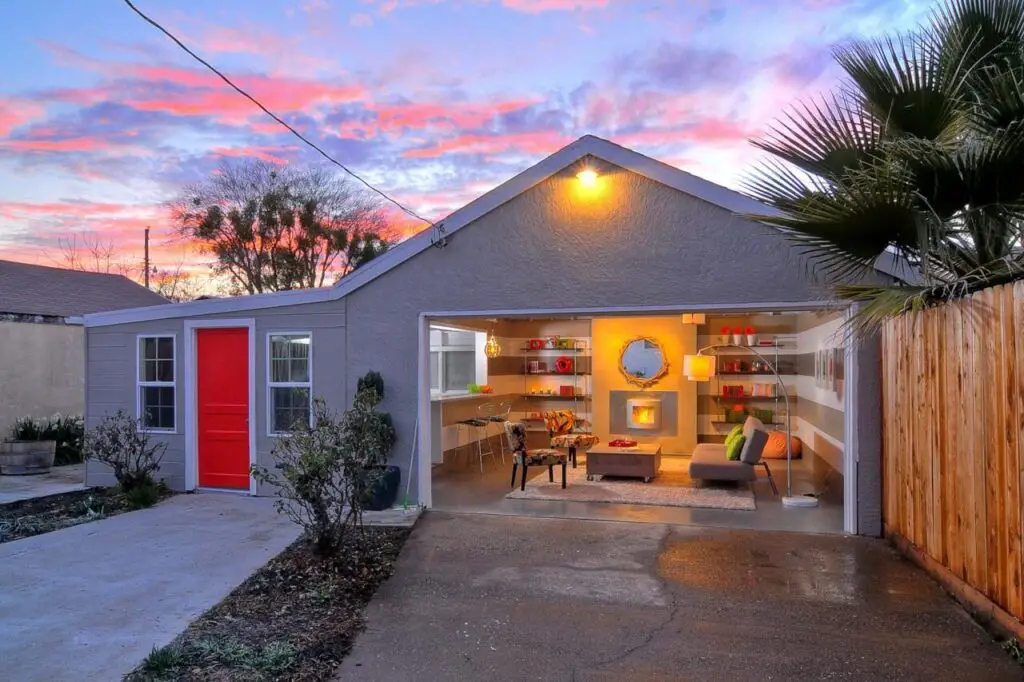
Extra rooms, converted garages, or deck extensions without permits raise big concerns. Buyers know that unpermitted work could cause legal or insurance problems later. Even if the addition is well done, the lack of paperwork makes it risky. This can scare away otherwise interested buyers.
Fixing the issue often requires going back through the permitting process, which can be expensive. Some buyers don’t want to deal with the hassle or potential fines. Lenders may also hesitate to approve mortgages on such homes. All of this can seriously slow down a sale.
12. High Property Taxes or HOA Fees

Monthly costs weigh heavily on a buyer’s decision. Even if they love the house, high property taxes or homeowners association fees can put it out of reach. People look at the full cost of living there, not just the mortgage. If those expenses are too high, they’ll move on to something more affordable.
Taxes and fees are outside a seller’s control, which makes them tricky. While some buyers may still be interested, many will hesitate when comparing options. A home in the same price range without those extra costs will look more attractive. This financial reality can slow down the selling process.
13. Bad School District Reputation
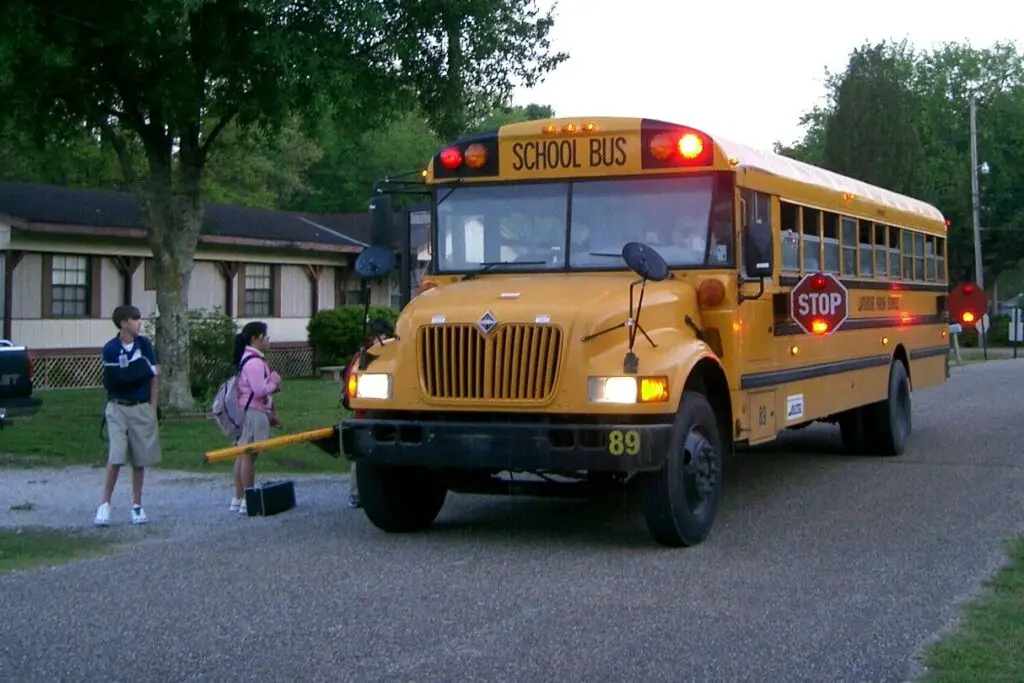
For many buyers, school quality is a top priority, even if they don’t have kids. A poorly rated district can shrink the pool of interested buyers dramatically. Families often won’t compromise on education, no matter how nice the house is. This makes it harder for sellers to compete.
School ratings also affect property value. Buyers know that if they purchase in a weaker district, they may face the same resale challenges later. This reputation is hard to change and follows the property long term. For many, it’s simply a deal they won’t make.
This post 13 Subtle Signs a Home Will Be Hard to Sell was first published on Greenhouse Black.
